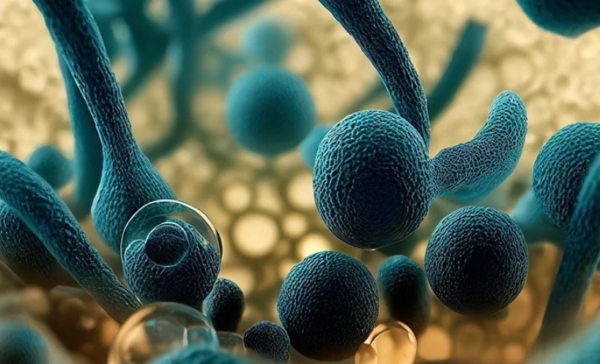The rise of Candida auris: Knowing where it came from and why it stays 2023

In a new PLOS Pathogens study, researchers from the University of Texas Health Science Center in San Antonio examined the genesis, resistance, and transmission of Candida auris, a human fungal disease.
Candida auris: Origin, resistance, and dissemination. Shutterstock: Vikks Candida auris: Origin, resistance, and dissemination. Shutterstock: Vikks
Background
In 2009, a Japanese patient’s ear canal yielded Candida auris, a serious new pathogen. The CDC calls C. auris a “severe concern” in healthcare settings, while the WHO calls it the “most sought” important pathogen.
C. auris’ genesis, spread, and persistence are poorly understood. The unexpected, synchronous, and independent worldwide emergence of five C. auris clades in geographically diverse regions is intriguing.

C. auris genesis, emergence, and persistence
C. auris may have been identified lately since standard phenotypic typing was not used. C. auris identification is crucial for outbreak control and treatment, but it has proved difficult.
C. auris may be cultured like other Candida species, and single colonies can be collected after 24 hours on Sabouraud dextrose agar at 30 to 35 degrees Celsius (c). C. auris can grow at 42 C, unlike other Candida species.
The “global warming emergence theory” states that global warming has caused the simultaneous creation of thermally resistant C. auris in several places. Although though the global warming theory is widely accepted, global human migration, large population densities, and poor hygiene may have contributed to C. auris’ antifungal resistance and persistence.
C. auris antifungal determinants
C. auris is known for its antifungal tolerance. The CDC reports that about 30%, 90%, and 2% to 10% of C. auris isolates are resistant to amphotericin B (AMB), fluconazole (FLU), and echinocandins.
90% of C. auris strains are resistant to one medication, 30% to 41% to two medicines, and 4% to all three antifungals. The broad geographical range and genetic diversity of C. auris isolates from different clades and inconsistent virulence findings recommended that all clades must be studied in depth and that data from one clade may not apply to others.
C. auris azole resistance has been linked to mutations in the ERG11 gene, which encodes lanosterol 14-α-demethylase. Clade III strains’ greater ERG11 copy number may amplify these mutations.
This also suggested clade-specific azole resistance mechanisms. C. auris clinical resistance to azoles is linked to enhanced expression of complementarity-determining region 1 (CDR1), an ATP-binding cassette (ABC)-transporter. FLU-resistant Clade III C. auris clinical strains had increased MDR1 expression.
C. auris during the COVID-19 pandemic has exacerbated several previous diseases, increasing fungal, bacterial, and viral coinfections and superinfections in hospitalized patients. Fungal infections are problematic due to high mortality, poor diagnosis, and rising antifungal resistance.
C. auris has spread in COVID-19 critical care units and hospitals globally. The US, Mexico, Lebanon, Brazil, Italy, India, Spain, Iran, Turkey, Pakistan, Greece, Qatar, and Colombia have reported COVID-19-related C. auris infections.
Due to overcrowded, underfunded, and overstretched medical facilities, C. auris-colonized patients are hard to find and isolate. The COVID-19 pandemic has made hospital intensive care units excellent for C. auris outbreaks. Hence, more potent antifungals are needed.
C. auris treatments
Based on resistance profiles and studies, Micafungin, an echinocandin, is the first-line therapy for adult C. auris infections. Yet, this treatment’s cost and limited availability in most countries are major issues. Amphotericin is another first-line therapy for infants (AMB).
Innovative antifungals must overcome resistance to treat C. auris. Many novel C. auris-targeted antifungals are in Phase II or III clinical trials. Ibrexafungerp is the first and most promising triterpenoid glucan synthase inhibitor.
Conclusion
The study identified many C. auris infection therapies. The number of drugs in development and study, some of which might be utilized alongside existing drugs, increases the chance of treating life-threatening C. auris infections in the future.
